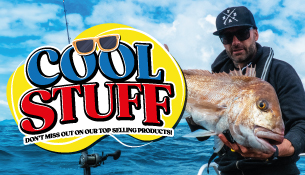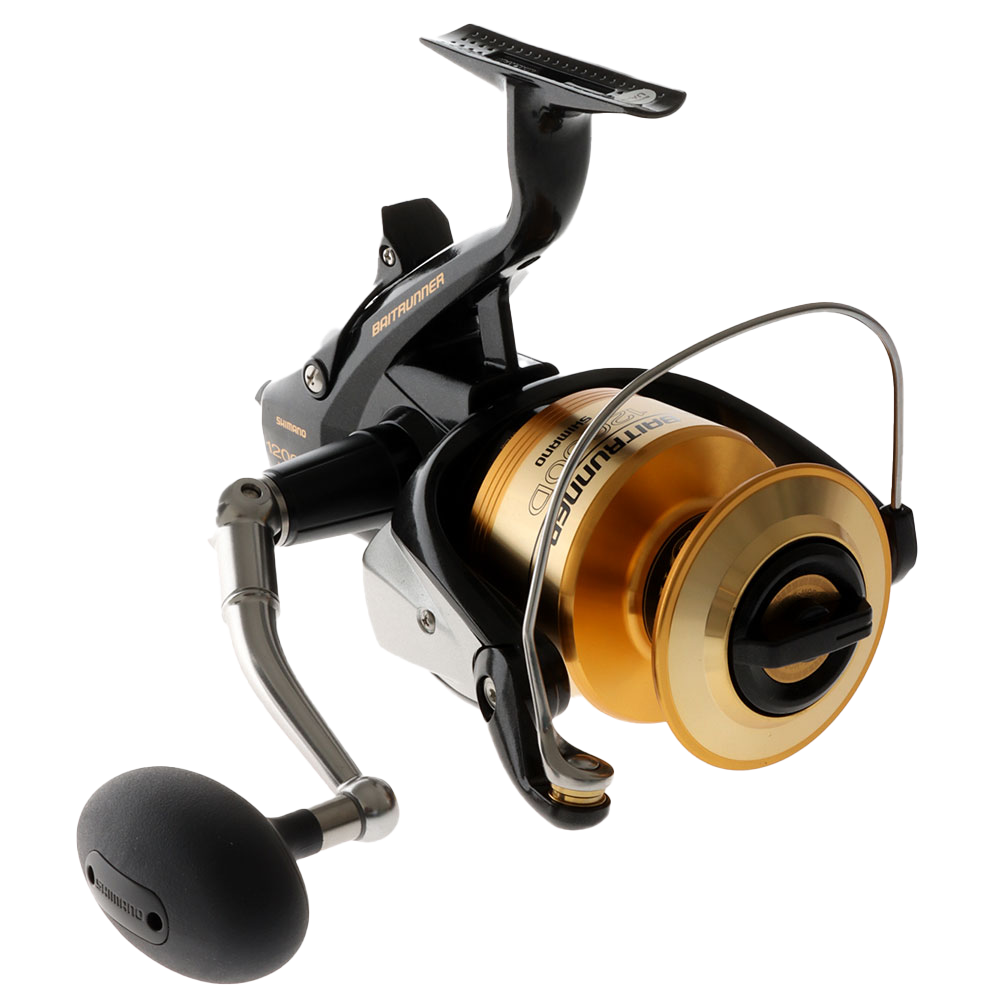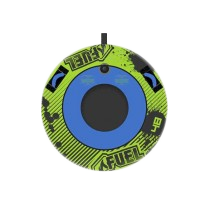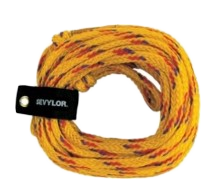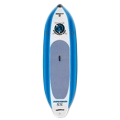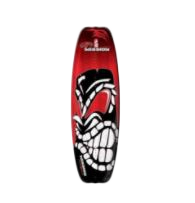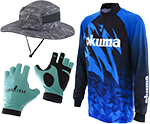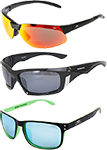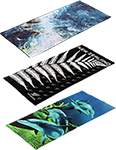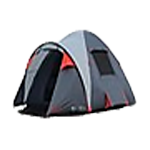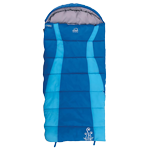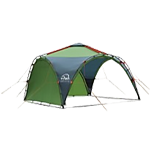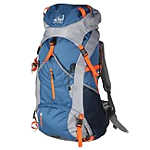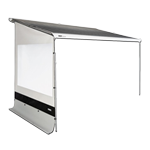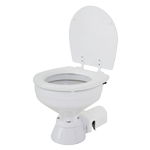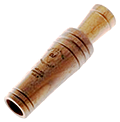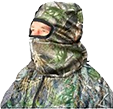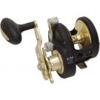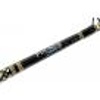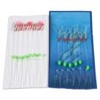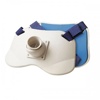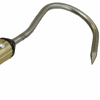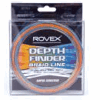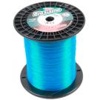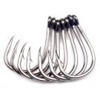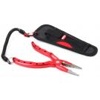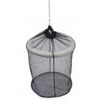- Shop our Range ▼
-
How Can We Help You?
Give Us A Call 0800 633 257
Or get us to call you...
Note: Our shop is open Monday to Friday 8:00am to 6:00pm, Saturday 8:00am to 5:00pm and Sunday 10:00am to 4:00pm (closed public holidays).
- Fast Shipping with CourierPost 95% orders shipped same day*
- Full Warranty We'll refund, repair or replace your item*
- No Worries Returns Submit a request, receive our return label & ship it back
- Lowest Price Guarantee Find a lower price, we'll match it or we can do better!
- Massive Range 21,000+ products in stock ready to ship!
Live Baiting
Reels (34)
Rods (13)
Sabiki Rigs (70)
Gimbal Belts (13)
Landing Gear (10)
Braid (19)
Line / Nylon / Trace (22)
Hooks (86)
Terminal Tackle (28)
Tools (24)
Xtras (28)
Live Baiting - an excellent way to target Kingfish...
Gear used is similar to that of deep sea fishing. Balloons are used in shallow water which keeps the live bait off the bottom so the 'livie' doesn't get lost in the reef. Use cotton to tie the balloon on so the balloon can break away when a fish strikes.
In deeper water a Ledger rig is dropped on the edge of a reef to get the live bait in amongst the schools of fish down below.
Some people troll live baits at very low speeds to cover more territory.
15-24 kilo gear is used and so are both monofilament and braid. Mono has stretch which absorbs impact and retains pressure on the fish while braid can go slack and the hook can fall out. However braid does give extra sensitivity to the activity of the fish.
Livies are caught using Sabikis. Livies are mainly found around wharfs, shallow reefs, harbours and estuaries. Once you catch livies you need to store them in a live bait tank. A continous water feed is critical to survival of the livies. If you catch a livie that's bleeding, it's best to throw it away as it can contaminate the water and die. Only retain good fresh livies.
There are multiple ways of rigging live bait. For Kahawai, the most common way is to place the hook through the back of the fish behind the dorsal fin. For yellow tail, feed the hook through the nose of the fish.
Heavy duty trace is required for live baiting (100 lb to 300 lb). Larger fish are likely to swim and bust the line on foul or rocks so 1 to 4m of trace can absorb the impact of the line being caught up in the foul.
Browse through the items below for all gear related to live baiting or, head straight for the relevant sub-category by clicking on one of the blobs below...
-
Pakula Dojo Light Gauge Hooks Qty 4
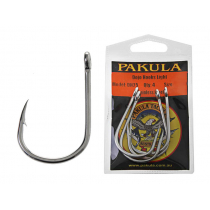 Why pay $39.99FROM $29.99SAVE $10.00!
Why pay $39.99FROM $29.99SAVE $10.00! -
Owner SSW Cutting Point Octopus Bait Hooks 6/0 Qty 4
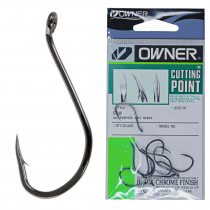 Why pay $9.99ONLY $5.95SAVE $4.04!
Why pay $9.99ONLY $5.95SAVE $4.04!Hurry! 1 left in stock
-
Sufix Superior Mono Leader Clear 100m 300lb
 Why pay $43.42ONLY $39.99SAVE $3.43!
Why pay $43.42ONLY $39.99SAVE $3.43!In Stock
-
Okuma Baitfeeder Avenger 8000 Spinning Reel
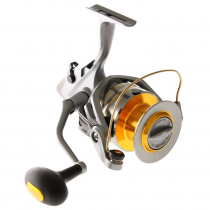 Why pay $169.99ONLY $135.00SAVE $34.99!
Why pay $169.99ONLY $135.00SAVE $34.99!In Stock
-
Owner SSW Needle Point Octopus Bait Hooks Pro Pack 5/0 Qty 22
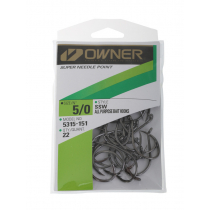 Why pay $29.99ONLY $19.99SAVE $10.00!
Why pay $29.99ONLY $19.99SAVE $10.00!In Stock
-
Owner SSW Needle Point Octopus Bait Hooks Pro Pack 6/0 Qty 22
 Why pay $29.99ONLY $19.99SAVE $10.00!
Why pay $29.99ONLY $19.99SAVE $10.00!Hurry! 1 left in stock
-
Owner SSW Cutting Point Octopus Bait Hooks 5/0 Qty 5
 Why pay $9.99ONLY $5.95SAVE $4.04!
Why pay $9.99ONLY $5.95SAVE $4.04!In Stock
-
Owner SSW Cutting Point Octopus Bait Hooks 9/0 Qty 3
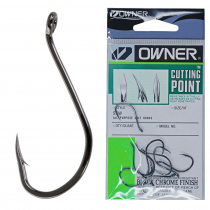 Why pay $11.99ONLY $5.95SAVE $6.04!
Why pay $11.99ONLY $5.95SAVE $6.04!Hurry! 1 left in stock
-
ManTackle Aluminium Crimp Sleeves Qty 20
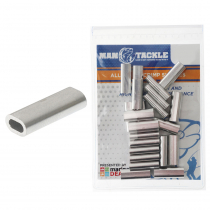 FROM $3.99
FROM $3.99 -
ManTackle 3-Way Crane Swivel Qty 5
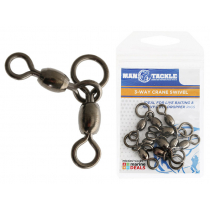 FROM $14.99
FROM $14.99 -
Stainless Bait Needle 17cm
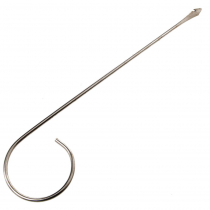 ONLY $4.99
ONLY $4.99In Stock
-
Live Bait Stainless Cage with Floats 55 x 75cm
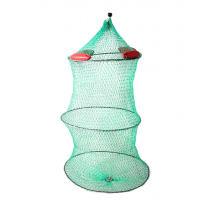 ONLY $39.99
ONLY $39.99In Stock
-
Holiday Tuna Circle Hooks
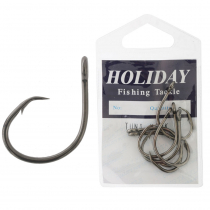 FROM $5.99
FROM $5.99 -
Hayabusa EX123 Feather White and Flash Yarn Sabiki Rig
 FROM $19.99
FROM $19.99In Stock
-
Momoi Hi-Catch X-Hard Mono Game Trace 100m
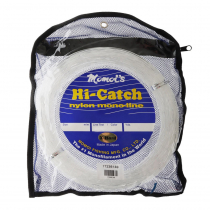 Why pay $75.99FROM $32.99SAVE $43.00!
Why pay $75.99FROM $32.99SAVE $43.00!In Stock
-
Mustad 9430-DS Treble Hooks
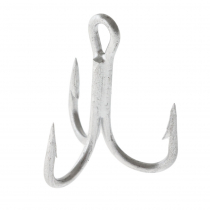 Why pay $1.99FROM $0.99SAVE $1.00!
Why pay $1.99FROM $0.99SAVE $1.00!
-
Sufix Zippy Supple Shock Leader
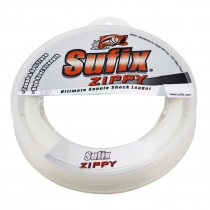 FROM $22.99
FROM $22.99 -
H2O Pro Clear Beads Qty 25
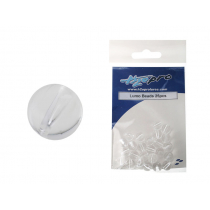 ONLY $3.99
ONLY $3.99In Stock
-
VMC 7262CB HD Live Bait Hook Coastal Black Finish
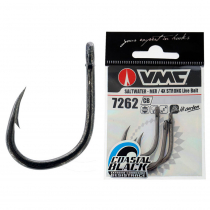 FROM $15.99
FROM $15.99 -
Berkley Essentials Sabiki Multi Rig 5 Pack
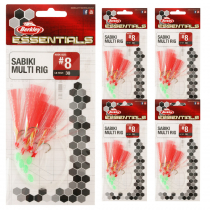 Why pay $24.99ONLY $14.99SAVE $10.00!
Why pay $24.99ONLY $14.99SAVE $10.00!In Stock



